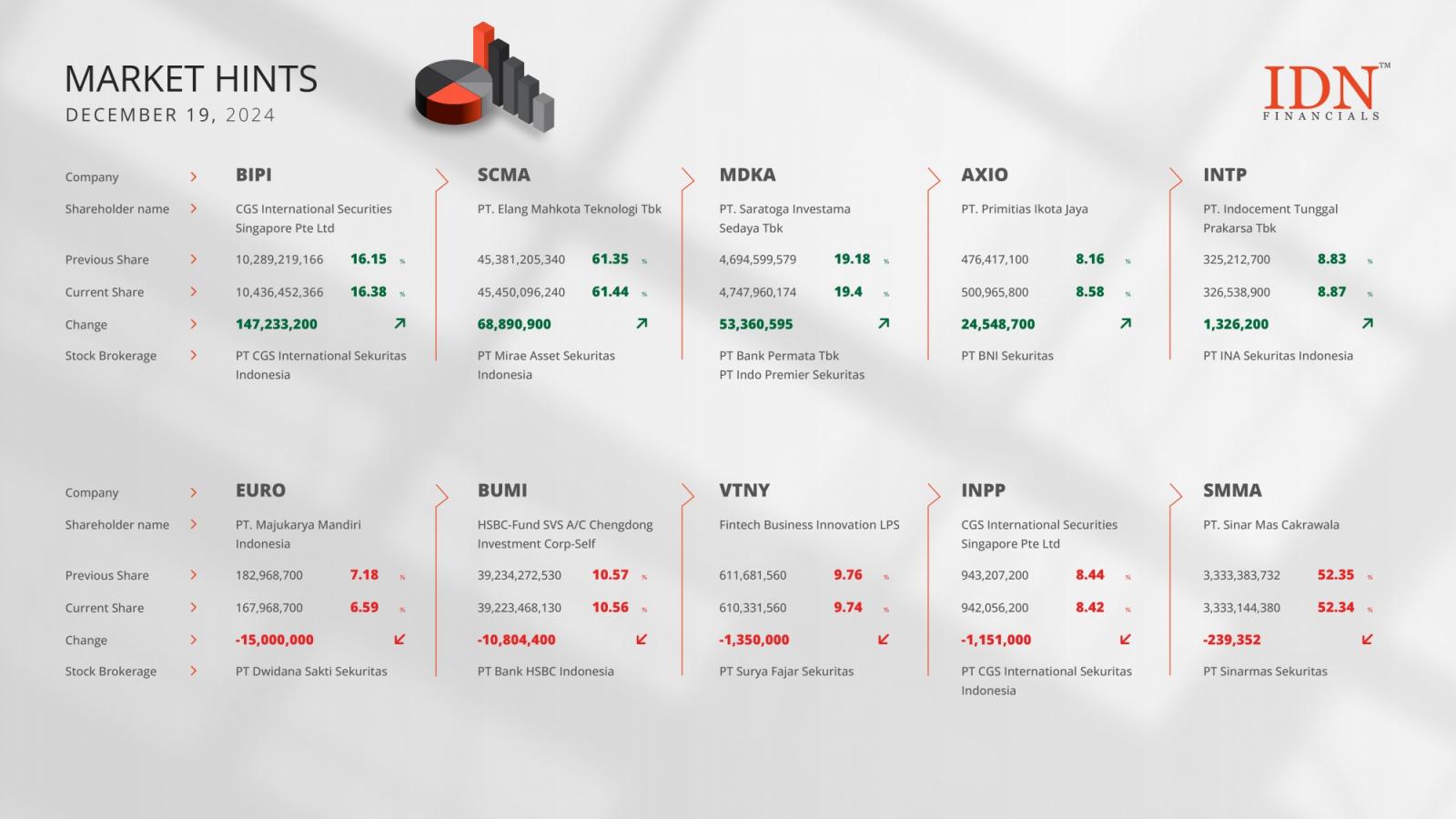
A report released by the Labor Department on Friday showed unexpected decreases by U.S. import and export prices in the month of May.
The Labor Department said import prices fell by 0.4 percent in May following a 0.9 percent advance in April. Economists had expected import prices to inch up by 0.1 percent.
The unexpected declined by import prices partly reflected a sharp pullback by prices for fuel imports, which tumbled by 2.0 percent in May after surging by 4.1 percent in April.
However, prices for non-fuel imports also dipped by 0.3 percent in May after climbing by 0.7 percent in the previous month.
Lower prices for foods, feeds, and beverages; non-fuel industrial supplies and materials; consumer
goods; capital goods; and automotive vehicles all contributed to the decrease in non-fuel import prices.
Compared to the same month a year ago, import prices in May were up by 1.1 percent, unchanged from the annual growth seen in April.
The Labor Department also said export prices slid by 0.6 percent in May after climbing by an upwardly revised 0.6 percent in April.
Economists had expected export prices to come in unchanged compared to the 0.5 percent increase originally reported for the previous month.
The unexpected pullback by export prices came as a decrease by prices for non-agricultural exports more than offset an increase in prices for agricultural exports.
The report said prices for non-agricultural exports slumped by 0.8 percent in May following a 0.7 percent advance in April.
The Labor Department said lower prices for non-agricultural industrial supplies and materials in May more than offset higher prices for capital goods, consumer goods, and non-agricultural foods.
Meanwhile, prices for agricultural exports climbed by 0.5 percent in May after falling by 0.4 percent in April amid higher prices for wheat, fruit, corn, and meat.
Despite the monthly decrease, export prices in May were up by 0.6 percent compared to the same month a year ago, marking the first 12-month advance since January.




